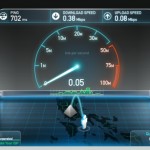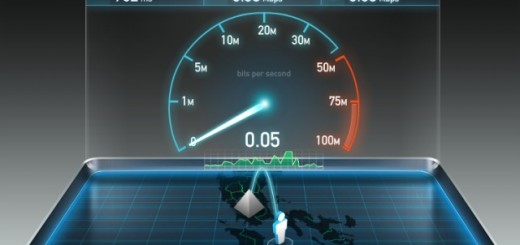G3 or G4 or G-what?
SMART and GLOBE, the two big telecom companies in the Philippines promise wonders to the Internet surfers. G4 or LTE is the name of the new miraculous technology. SMART and GLOBE say, you must have it!
A bit technology – but not too much
LTE is a standard for wireless data communications technology and an evolution of the GSM and UMTS (G3) standards. The goal of LTE is to increase the capacity and speed of wireless data networks. The LTE wireless interface is incompatible with G2 and G3 networks, so that it must be operated on a separate wireless spectrum. Peak download rates up to 299.6 Mbit/s and upload rates up to 75.4 Mbit/s depending on the user equipment.
What the telecom operators do not clearly say is the fact that G4 is only available around some spots in Manila. See here: http://www1.smart.com.ph/Bro/lte/lte-sites 
The corresponding GLOBE page displays a 404 Error.
In the rest of the country, both operators calm the users and offer another “new” technology called “SuperStick” or “Rocket Plug-It”. But this isn’t G4 – it’s a beefed up G3.
The original G3 technology uses HSDPA with a maximum download speed of 2 Mbit/s. The “new” technology is called HSDPA+ and allows maximum download speeds of SMART says 12 Mbit/s and GLOBE announces 7.2 Mbit/s. GLOBE adds in small characters: “*With a minimum GPRS speed of 12-48 Kbps where wireless broadband is not available. Experienced speed will also depend on type of device used, network signal detected, and current subscriber traffic.”
SMART publishes a big list of sites, where this HSDPA+ is available:
http://www1.smart.com.ph/Bro/products/rocket/hspa-cellsites 
The one time costs for the new USB-Sticks are PHP 2,345 for the SMART “Rocket Plug-It” and PHP 3,495 for the GLOBE “Superstick”. This is 2 to 3.5 times more expensive than what you pay for the G3 sticks. But when you can surf 3 to 6 times faster, it could be worth to invest.
If you have such a HSDPA+ Cell in your neighborhood and if you are among the first ones to have the new stick, then you can experience the new speed. But with the growing number of users, the capacity of the cells will soon be reached (10 to 61 of full speed users at the same time). When there are more users, the speed goes down and you surf again at snail-speed.
If you want to read more about telecommunication in the Philippines, see here 










Recent Comments